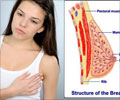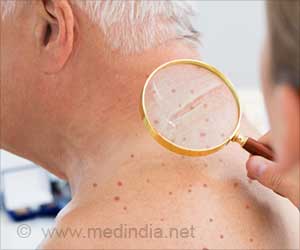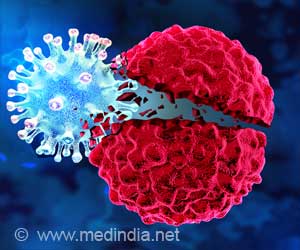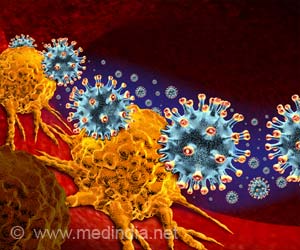As most breast cancers lack a detectable lump by touch, the presence of one often signifies an aggressive, less treatable advanced-stage cancer.
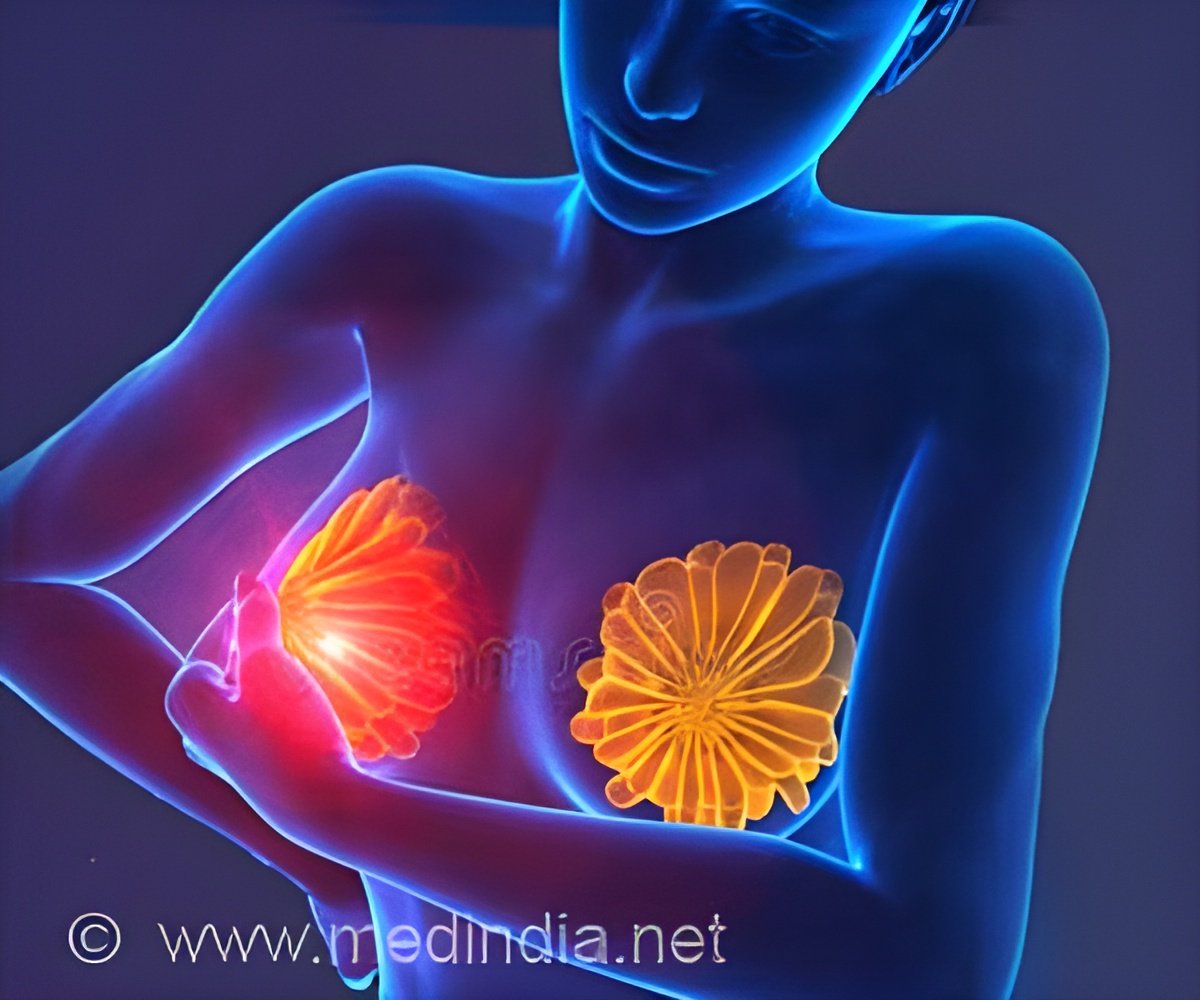
Most breast cancers don’t start with a noticeable lump – here is what you need to know about subtle symptoms
Go to source) Experts say this is very concerning, since most breast cancers do not present with a lump that can be detected by touch – and if they do, it often an indicates a fast-growing or advanced-stage cancer that is less treatable.
Importance of Mammography and Self-Awareness in Breast Cancer Detection
“Screening mammography is our No. 1 defense in detecting and addressing breast cancers at their earliest, most treatable stages, but it is also very important for people to be familiar with the look and feel of their own breast tissue so that sometimes subtle changes can be evaluated quickly to give us the best chance at early detection,” said Ashley Pariser, MD, a breast medical oncologist and director of breast cancer survivorship services at the OSUCCC – James.‘Screening mammography is key for early detection, but surveys show a third of women, especially those under 30 (44%), are unclear about breast cancer screening. #breastcancerawarenessmonth #womencancer ’





“We want people to feel empowered about their bodies and know what is normal for them. Many breast changes are the result of aging and childbirth; however, breast cancer can present in a number of ways,” said Pariser. “It is important that people feel safe to address these concerns in a timely way with their doctor. We have made great strides in detecting breast cancers in far earlier, more treatable stages.” These lesser-known symptoms of breast cancer include:
- retracted, inverted or downward-pointing nipple
- breast puckering (an indentation that appears when you raise your arms)
- loss of feeling in part of the breast
- pitting/thickening of the skin on the breast
- nipple discharge
“The best way for us to find breast cancer early is for women to present as soon as they notice a change, ideally even before they see a change. So that's why we recommend screening mammograms for those who qualify if we want to find breast cancer early,” said Pariser, who also is an assistant professor in the College of Medicine and an affiliate member of the Cancer Control Program at the OSUCCC – James.
The American College of Radiology and American College of Obstetrics and Gynecologists recommend begin screening at age 40 for people of average risk. OSUCCC – James breast cancer experts encourage each person to talk with their physician about their personal cancer risk and family history to personalize their screening plan.
Pariser notes that people with dense breast tissue should be closely monitored because they are at slightly higher risk and dense tissue can mask small tumors. Black and Ashkenazi Jewish people should also have a conversation about more intensive screening due to higher risk.
Advertisement
“So, although we are making great strides in terms of detection and treatment, unfortunately we live in a world where breast cancer is still a serious concern for people,” said Pariser. “Although the disease is less common in men, 1% of breast cancers occur in men. These cancers typically present as nipple changes, so it is also important that men feel empowered to seek medical attention for concerning symptoms, especially if they have a strong family history of breast cancer.”
Advertisement
- Most breast cancers don’t start with a noticeable lump – here is what you need to know about subtle symptoms - (https://cancer.osu.edu/news/most-breast-cancers-dont-start-with-a-noticeable-lump)
- Breast cancer can take many forms — here are 5 lesser-known symptoms to look for - (https://health.osu.edu/health/cancer/lesser-known-breast-cancer-symptoms)





